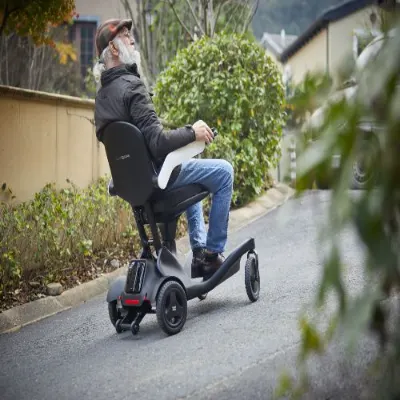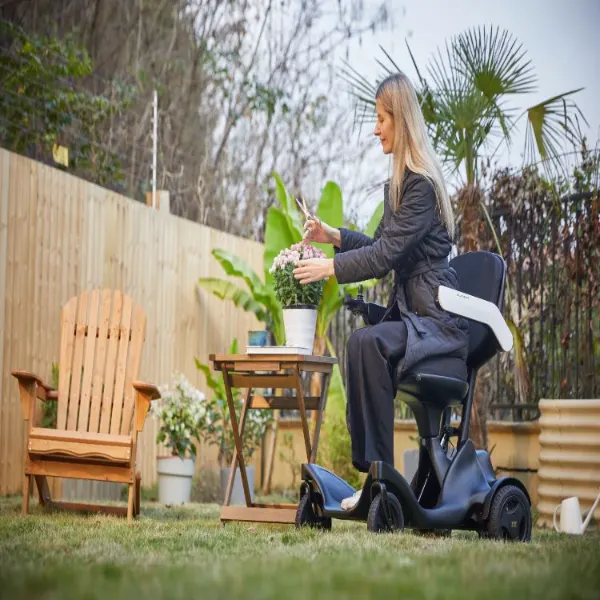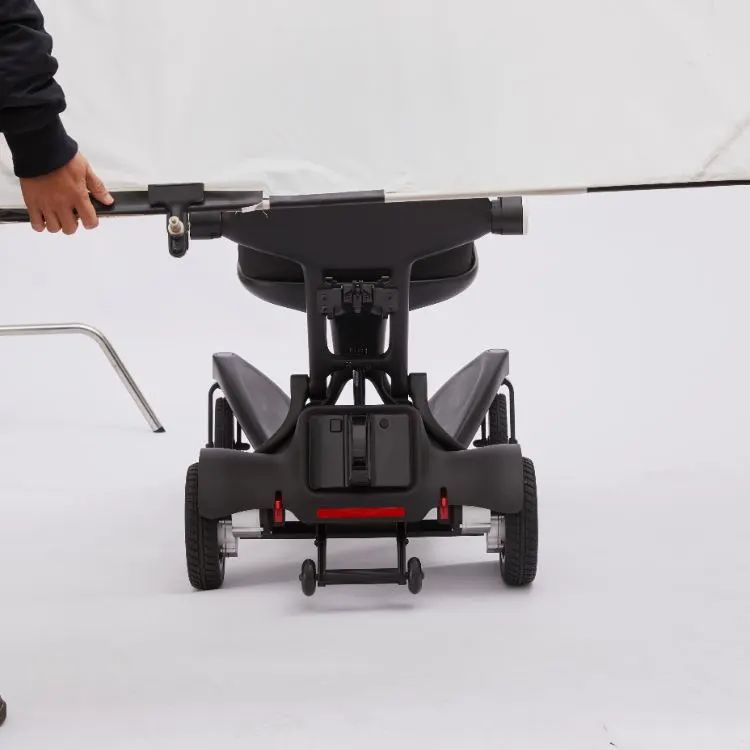
1. Market Landscape Analysis
1.1 Demographic Imperatives
- Global aging population projections (UN 2025 data)
- Healthcare cost savings from fall prevention
1.2 Current Product Limitations
- Gap analysis of existing solutions
- User experience pain points
2. Design Methodology
2.1 Human-Centered Design Frameworks
- Co-creation with elderly test groups
- Accessibility standards evolution
2.2 Biomechanical Considerations
- Gait pattern adaptations
- Reaction time thresholds
3. Product Categories
3.1 Wearable Technologies
- Smart shoe sensor arrays
- AI-powered hip protection systems
3.2 Environmental Modifications
- Pressure-sensitive flooring systems
- Adaptive lighting solutions
4. Emerging Technologies
4.1 Robotics Integration
- Balance-assist exoskeletons
- Companion robots
4.2 AI Applications
- Predictive fall algorithms
- Voice-activated emergency response
5. Material Science Advances
5.1 Impact-Absorbing Materials
- Nanofiber protective layers
- Shape-memory alloys
5.2 Antimicrobial Surfaces
- Self-disinfecting grab bars
- Pathogen-resistant fabrics
6. Implementation Challenges
6.1 Cost-Benefit Analysis
- Insurance reimbursement pathways
- Mass production scalability
6.2 Cultural Adaptation
- Regional design variations
- Stigma reduction strategies
Design Toolkit
- Ergonomic evaluation checklist
- Prototyping resources directory
- Regulatory compliance guide






